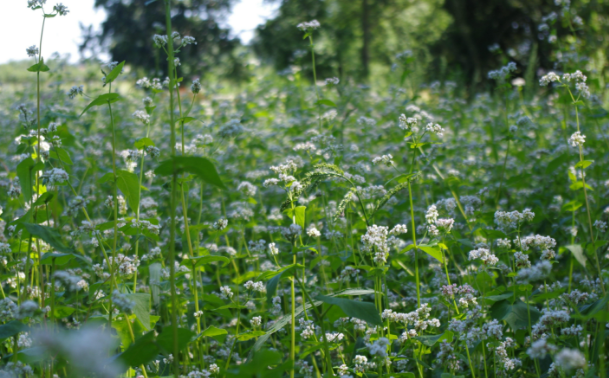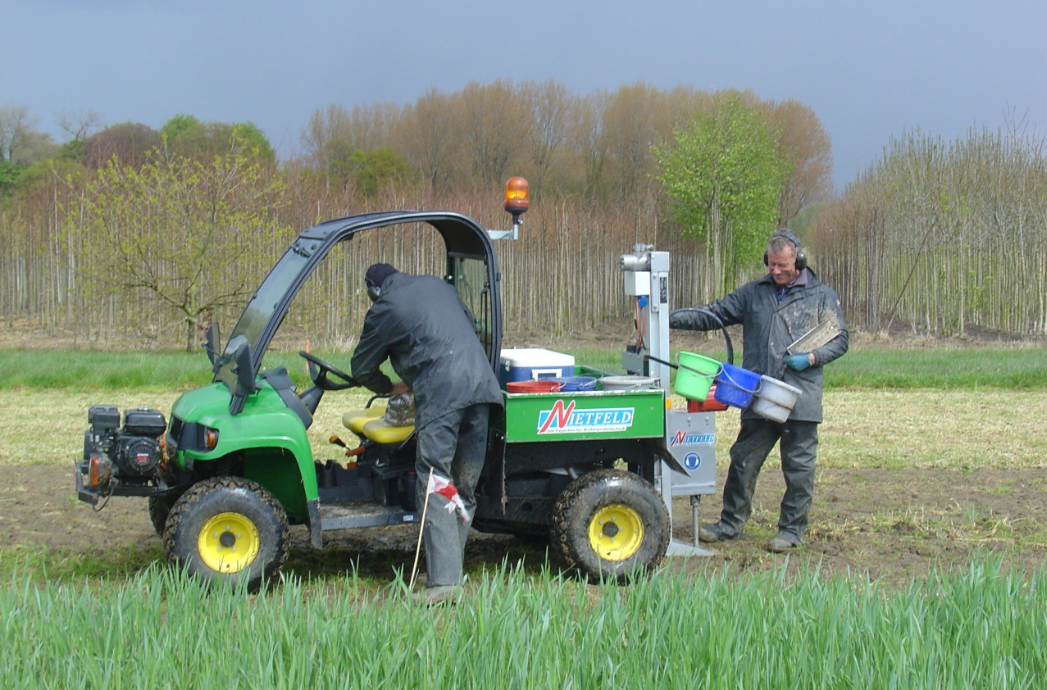



The team at PHAE hope to see an increase in soil fertility and biodiversity, improved drainage, and discover the additional benefits of reduced farm operating costs due to the no-tillage approach.

The land managers also anticipate trees and hedges to benefit from the reduced disturbance of the soil, as well as from the additional fertilisation provided by biodegraded fallen leaves.
